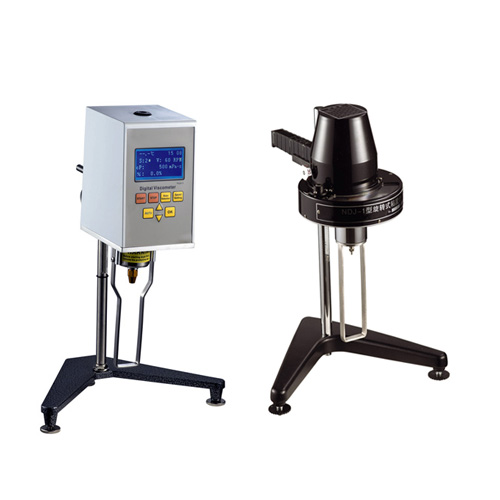
- Leveling requirements. Viscometers must be kept level;
- Sample requirements. The viscometer rotor should be placed in the sample to avoid bubbles, otherwise the measured viscosity value will be reduced. The way to avoid this is to put the viscometer
rotor into the sample at an angle, then install the rotor, the rotor must not touch the wall and bottom of the cup, and the sample to be measured must not exceed the specified scale; - neatness requirements. Viscometer in the measurement of different samples, must keep the rotor clean and dry, if the rotor residue of other samples or clean residual
If the rotor residue of other samples or clean residual water, it will affect the accuracy of the measurement; - Acid requirements. Viscometer acidity (PH) zui can not exceed 2, if the acidity is too large should choose to use a special rotor, the use of ULA to determine the amount of sample;
- calibration requirements. According to the viscosity range measured by viscometer choose viscosity standard solution, and verify the instrument before each use of viscometer or rheometer.
or periodic calibration to ensure the accuracy of the measurement. BROOKFIELD can provide each viscosity range of silicone oil or oil standards that meet the properties of Newtonian fluids.
accuracy of ± 1%, the recommended use of viscosity standard fluid for one year from opening; - Rotor requirements. When connecting the rotor of the viscometer, you should gently hold up and pinch the mandrel (on the main body) with your left hand, and rotate the rotor with your right hand, so that the operation is to
protect the mandrel and the hairspring inside the body, which can extend the service life of the instrument; - Take the value requirements. The value should be taken when the value is more stable, otherwise there will be a large error in the value obtained.
